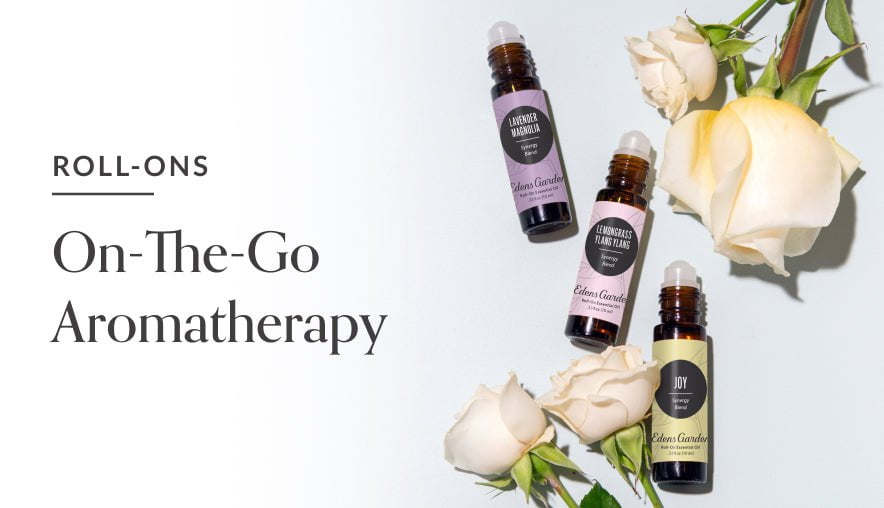Our List of Thick Essential Oils and How to Use Them

Maybe you’ve experienced it before. The anticipation of an oil you’ve heard so much praise about finally arrives at your door. You eagerly tip the bottle to experience the magic within. Nothing happens. So you wait a bit. Maybe shake the bottle and stare at the dropper. Nothing. You think, “My goodness. There is something wrong with my oil!” Fear not, oil lovers. What you have in your hand is most likely an oil with a high viscosity.
Resins, roots, and absolutes tend to produce oil with a larger molecular structure. This makes them less volatile and hence, more aromatic over longer periods of time due to slow evaporation. It also means they are a little more difficult to work with. Basically, the thicker the oil, the more patience you will need to practice.
To better prepare you for your future purchases, we have compiled a list of our oils that may require some coaxing out of the bottle. It’s important to remember that essential oils can vary from batch to batch, so some oils may switch between these two categories.
Thick Oils (particularly viscous, like honey)
- Amyris
- Blue Cypress
- Buddha Wood
- Chamomile - German
- Coffee
- Myrrh
- Patchouli
- Rose Absolute
- Rose Otto
- Sandalwood (all varieties)
- Vetiver
Medium-Thick Oils (depending on temperature, only moderate patience is required)
- Agarwood (Oud)
- Blue Tansy
- Cedarwood - Atlas
- Copaiba
- Jasmine
- Muhuhu
- Peru Balsam
- Spikenard
- Valerian
- Vanilla
- Verbena
If patience is not your forte, feel free to try out a few simple hacks to speed up the extraction of these oils from the bottle.
- Roll the bottle between your palms at an upside-down angle until adequately warmed.
- With the bottle at a 45-degree angle, squeeze the entirety of the bottle with your palm to both warm the bottle and apply pressure.
- Remove the euro dropper, and use disposable pipettes to get the appropriate amount of drops.
- Replace the cap with a glass dropper cap, but be careful not to expose the rubber to oil too often. You can find some on Amazon.
- Gently warm the bottle by placing it in a small cup with a bit of warm water. Then set the small cup into a larger container of hot water.
- Use a toothpick to dip into the thick oil and transport small amounts of oil at a time through drips.
- Stick a toothpick or needle into the dropper to widen the hole.
When removing the euro dropper, be sure to wear gloves or use a paper towel to avoid getting essential oils on your fingers or contaminating the opening. Are there any other tricks that you have tried with success? Let us know in the comments!
Grab The Essentials Here:
Leave a comment (Comments will be approved before showing up)
7 comments
Laura
By what method can these oils best be diluted for use in atomizing/nebulizing/waterless diffusers?
Edens Garden
Hi Mary! Cinnamon Leaf has a maximum recommend dilution rate of .6% which equals 3 drops in 1 oz of carrier oil. Cinnamon Bark has a maximum recommend dilution rate of .07% which equals 1 drop in 3 oz of carrier oil.
Mary Brown
What’s a great cway to dilute cinnamon oil so it don’t bu the skin
Jackie
I put them into a pocket to absorb body heat.
Edens Garden
Hi Mary! We no longer offer Spikenard because we could no longer source it sustainably. Our apologies for the inconvenience and we hope to offer it again in the future.
Mary Carol Frier
Where can I find spikenard essential oil?










Edens Garden
March 11, 2024 at 11:34 am
Hi Laura! You can thin out thicker oils by blending in a thinner oil. This will allow you to diffuse in a nebulizer.